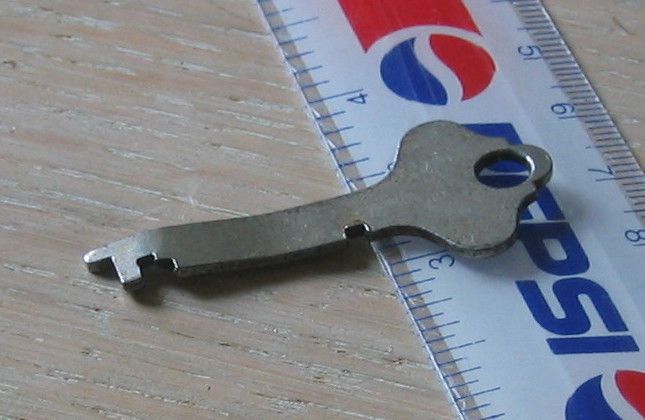| ID | #1686592280 |
| Added | Mon, 12/06/2023 |
| Author | July N. |
| Sources | |
| Phenomena | |
| Status | Research
|
Initial data
In the 1960s, it was claimed that Manning was the center of constant poltergeist activity. These claims were investigated by Cambridge mathematician and researcher of psychic phenomena A.R.G. Owen.
Since 1971, long scripts have appeared on the walls of Manning's bedroom, apparently written by signatories from the seventeenth century and later. Manning realized that he could suppress this poltergeist by practicing automatic drawing and writing. At the time, it was noted that Manning studied history as part of his school work.
According to Joe Nickellacto has studied Manning's writings in depth, there are internal inconsistencies in them and the "signatures" are completely inaccurate for historical figures. Nickell concluded that Manning has "traits associated with a penchant for fantasy," and there is no evidence that he possesses genuine paranormal abilities.
Original news
In the 1960s, it was alleged that Manning was the focus of sustained poltergeist activity. These allegations were investigated by the Cambridge mathematician and psychical researcher, A. R. G. Owen. From 1971, long scripts appeared on Manning's bedroom walls, apparently penned by signatories from the seventeenth century onward. Manning realised that he could quell this poltergeist activity through the practice of automatic drawing and writings.[2] It was noted at the time that Manning had been researching history as part of his school work. According to Joe Nickell who made an in-depth study of Manning's writings, they contain internal inconsistencies and the "signatures" are completely inaccurate for historical individuals. Nickell concluded that Manning has "traits associated with a fantasy-prone personality" and there is no evidence he possesses genuine paranormal powers.[3]
Regarding his automatic drawings, he claimed to draw in the styles of many famous artists including Pablo Picasso. Manning told The San Francisco Examiner that an art expert at Sotheby's in London had thought one of his Picasso copies so good it might be mistaken for an original. The sceptic James Randi investigated this claim by writing to the gallery. A Sotheby's official replied that the claim was "absolutely not true" as they were forgeries of existing works.[4] Manning told the London Daily Mirror his drawing of a monkey had caused "great excitement" because it was strikingly similar to an original by Jan Savery that the Rijksmuseum kept locked away from public display in a vault. This was also investigated by Randi who wrote a letter to the museum and it was discovered the claim was false as the original was on display to the public, not locked up in a vault.[4]
Manning was also tested for psychokinetic abilities by parapsychologist William G. Braud of the Mind Science Foundation in the late 1970s, with results that, according to Braud and coauthors in a psychical research paper published in 1979, were better than chance.[5][6] Additionally during this time, it was reported that he could "bend metal paranormally, affect electrical equipment, move compass needles, and make medical diagnoses."[7] The magician John Booth has written Manning's metal bending is a magic trick performed while lightly stroking the object.[8] The physicists John Taylor and Eduardo Balanovski tested Manning in distance viewing and the results proved "completely unsuccessful".[9]
The events of his childhood and later investigations by George Owen of the Cambridge Psychical Research Society[10] were published in a 1974 book entitled The Link.
Hypotheses
Investigation
Resume
Log in or register to post comments

